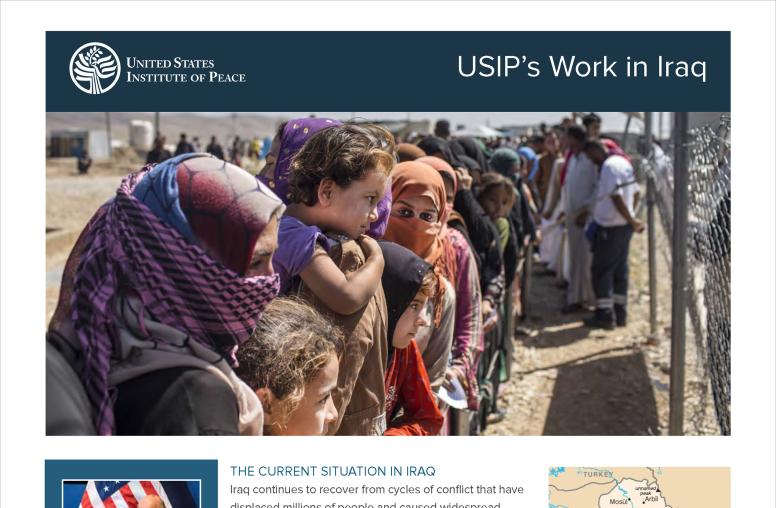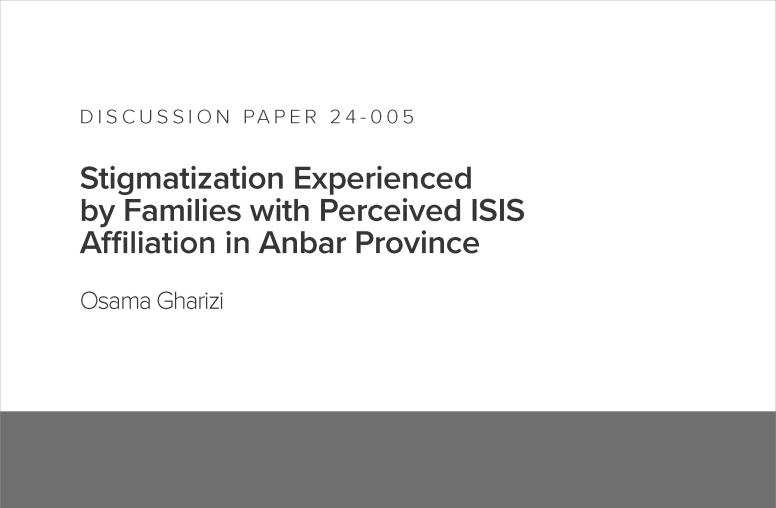Iraq After Formation: Determining a Way Forward
USIP Iraq expert Sean Kane takes a look at Iraq in 2010 and the formation of its second democratically elected government since the adoption of its Constitution in 2005.
As 2010 drew to a close, Iraq formed its second democratically elected government since the adoption of its Constitution in 2005. It was a year of change and transition, with the March 2010 national elections resulting in heavy turnover in the Iraqi Parliament and the U.S. ending more than seven years of combat operations in Iraq in August. The nine month government formation process dominated the year’s events, and while it highlighted the increasing primacy of politics as the means for settling disputes in Iraq, it also pointed toward the persistent divisions within Iraqi society.
Prime Minister Maliki’s new cabinet now has a full plate of issues which include defining Iraq’s regional and international relationships, key political matters such as power-sharing, national reconciliation and addressing Arab-Kurdish tensions, and improving upon the previous government’s record on employment, service delivery and corruption.
The conflict in Iraq is not over despite achievement of a new government and the maintenance of hard won security gains as the U.S. drew down to 50,000 troops. The U.S. role is transitioning from military-led to civilian-led with clear goals: an Iraq that is sovereign, stable, self-reliant and can contribute to peace and security in the region. In 2011, the United States and the new Iraqi government will be expected to focus on how a long-term strategic partnership across diplomatic, economic and cultural fields can contribute to this objective and what the nature of security cooperation will be between the two countries after the December 2011 deadline for the withdrawal of all U.S. forces from Iraq.
Please click on the links below for a summary of USIP’s operations in Iraq as well as features on key peacebuilding activities in which it is currently engaged.
- Watch Salaam Shabab
Video
Salaam Shabab is a TV-special/documentary of 30 Iraqi youth (ages 14-18) from across the country brought together to participate in activities aimed at supporting a new and growing community of young Iraqis committed to peacebuilding. - Unfinished Business
Report, December 2010 - On the Issues: Iraqi Parliamentary Minority Caucus
November 2010 - Civic Education and Peacebuilding- Examples from Iraq and Sudan
Special Report, September 2010 - Women as a Barometer of Success and Stability? Sharing "Lessons Learned" from Iraq to Afghanistan
Event Audio, September 27, 2010 - Kirkuk as a Special Governorate
Peace Brief, May 2010



